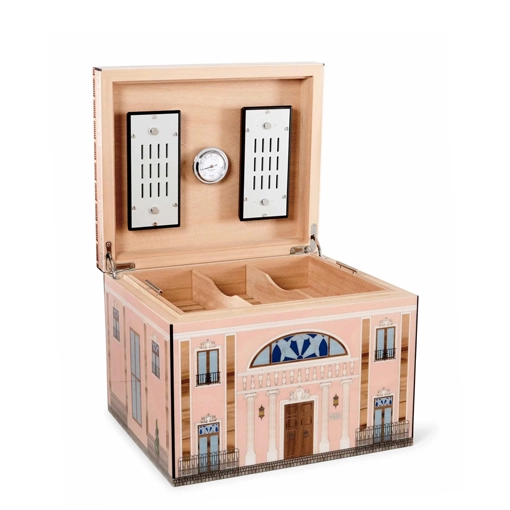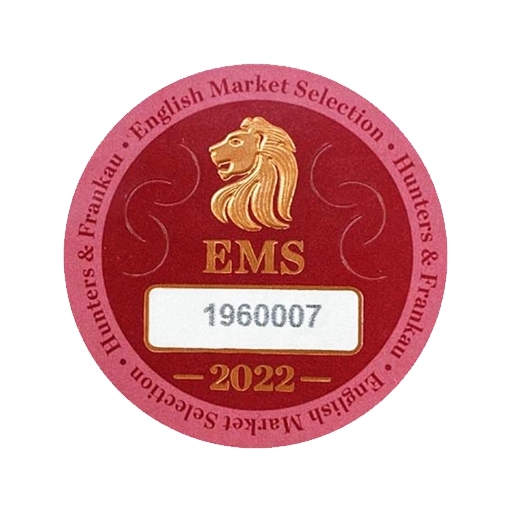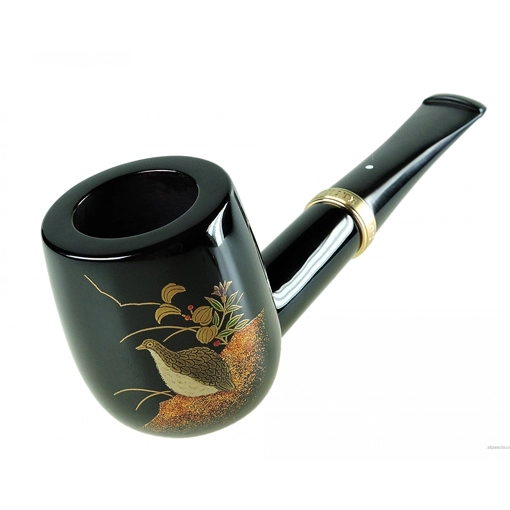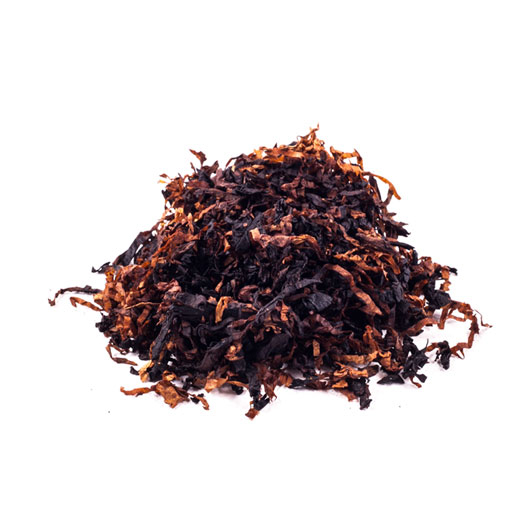Cigar History
Cigar History : Aging Room
 Welcome to Cigar History. If you didn’t know already, this is a sequential series of blogs that look into the past of cigar brands. Last time, we looked at Rocky Patel Premium Cigars. This week we are looking at another boutique brand, Boutique Blends. The company is responsible for the manufacturing of Aging Room cigars, SWAG cigars, Oliveros and a number of other notable sub-brands.
Welcome to Cigar History. If you didn’t know already, this is a sequential series of blogs that look into the past of cigar brands. Last time, we looked at Rocky Patel Premium Cigars. This week we are looking at another boutique brand, Boutique Blends. The company is responsible for the manufacturing of Aging Room cigars, SWAG cigars, Oliveros and a number of other notable sub-brands.
Boutique Blends Cigar History
The story of Boutique Blends is not as steady as most other cigar brands. The company barely managed to stay in profit for the majority of the time due to various mistakes. We should consider ourselves lucky that the company could stick around long enough to give us some of their success stories such as the Aging Room M356 series. Nowadays, the brand is flourishing, consistently selling out of the small batches of cigars that they have become known for.
Boutique Blends did not always create premium boutique cigars. The company was established in 1996 as The Habana Cuba Cigar Company in Miami Lakes, Florida. The initial idea was for the brand to ship to the USA as the non-Cuban alternative to the historic Oliveros brand, which had been nationalised by the Cuban government and thus could not ship to the United States.
The timing of the company’s launch was ill-advised, however. The so called ‘cigar boom’ was five years in and the supply of premium cigars had began to surpass the demand for them. The Habana Cuba Cigar Company had began just as the boom had started to fade. Because of this unfortunate turn of events, millions of unsold cigars began to stock up in the company’s warehouses. This was a huge cause for concern.
Habana soldiered on in a market that was not favoured to them, selling to businesses mainly through the internet rather than at trade shows and cigar events, which had become packed with start up brands thanks to the cigar boom. Selling online during the dawn of the internet was a well advised decision, being the primary factor that kept the company afloat. The decision was made by Rafael Nodal (Not the tennis player). The Cuban born had become a formal advisor shortly before purchasing the faltering company along with the financial aid of his wife, Alina Nodal, and colleague, Hank Bischoff.
Boutique Blends Product Range
At the time of purchase, in 2002, the range of cigars produced consisted of mostly flavoured cigars with only a handful of unflavoured products such as the Oliveros Classic. The new owners discontinued the production of flavoured cigars, along with the retail website, due to the market being dominated by inexpensive machine made cigars produced by much larger corporations. Flavoured cigars were leaking money. The path to profitability, Nodal decided, was to move towards the production of premium hand rolled cigars and so the Habana Premier was born. This was the first time that the company had produced a brand that was not named ‘Oliveros’.
A little later, in 2005, the company decided to release another brand called ‘XL for Men’. The idea was a brand of cigars that specialised in intense cigars with thick ring gauges. This may seem common now but Rafael Nodal was too far ahead of his time, again. Nodal reflects that the product was wrongly marketed to the mass market as opposed to a specialised subset of smokers who demanded a more intense cigar. This, along with an inability to maintain consistent taste with such a fat cigar marginalised this brands appeal and so it was discontinued.
Fortunately, a more successful series followed, helping to keep the company afloat. The company went back to its roots with a line called the Oliveros King Havano. The blend was a strong one, with a good draw and typical Olivero flavours but it was nothing spectacular. The overproduction of the series highlighted this. Over 300,000 units were produced, being sold through a mass market catalogue and through everyday tobacco shops. The cigar was profitable but ultimately the perceived value of the brand was undermined.
It took a few years more before Nodal finally realised where the brands direction should point. The Habana Cuban Cigar Company repositioned itself as a maker of small batch premium cigars and adopted a new name, Boutique Blends. Finally, things began to be looking good for the company. The announcement was made on the 21st of February 2011 at the Pro Trade show and festival in Santiago, Dominican Republic.
In the same year, Boutique Blends received a major boost in the cigar world with the infamous introduction of the Aging Room M356 series. The cigar has since become a particular favourite of cigar aficionados across the globe as well as the staff at Havana House. The range of cigars received phenomenal acclaim across the board at blind cigar tasting sessions and would even feature on Cigar Aficionado’s list of Top 25 Cigar of 2011.
Not two years later, in 2013, The Aging Room brand released another small batch of wonderful cigars, the F55. The cigar went on to be commended with ratings from 90-94 by various different bodies. The cigar was even featured in the same Cigar Aficionado column for 2013 and achieved spot number 2!
The times since have been good for Boutique Blends with record profits constant research and development in new brands, blends and cigars. Have you ever tried a cigar from Boutique blends? If so what did you think? The team at Havana House love to hear your opinions so leave them in the comments section down below!








